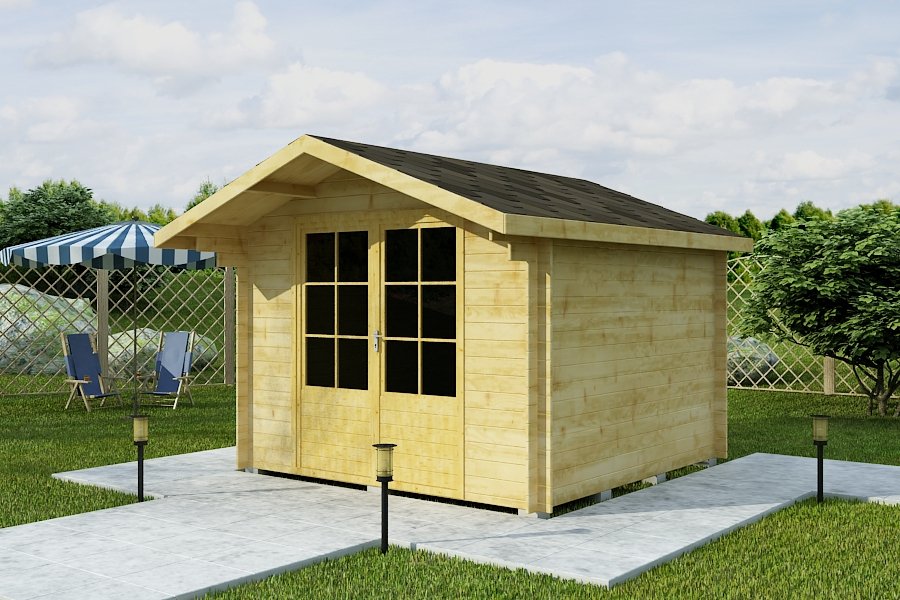
How to Build a Shed With Reclaimed Materials
An effective introduction draws readers into an essay’s textual space and introduces its theme or question of examination.
Reclaimed materials are both cost-effective and eco-friendly, making reusing materials an appealing solution. Before using recycled wood for projects, be sure to consult with local lumber dealers or online platforms on what options may be available – some older recycled pieces could contain lead paint while pressure treated boards might hide nails within them.
Foundations
Reclaimed materials add a distinctive aesthetic to your shed while supporting sustainable building practices and being eco-friendly. No matter if you’re a professional builder or DIY enthusiast, salvaged materials can save money by choosing salvaged for your project and helping reduce waste while supporting local communities. Repurposed products typically use less energy in processing than new construction products which means that savings may be significant when selecting high-end materials like hardwood flooring and antique fixtures.
Repurposing materials into residential construction projects allows homeowners to craft functional yet visually appealing spaces that reflect their personal values. From flooring to countertops, repurposed materials offer eco-friendly design solutions that add character and flair. Reclaimed materials have become a trending topic as an eco-conscious means of expressing individuality while remaining environmentally responsible.
Repurposing recycled and repurposed materials in commercial construction projects provides numerous benefits to builders, owners and occupants. Utilizing these reclaimed materials in your next commercial project can save costs while creating an environmentally sustainable space that stands out from the crowd. Furthermore, recycled materials contribute toward LEED certification while supporting circular economy practices.
Reclaimed building materials make an excellent choice for rustic outdoor structures like cabins and pavilions, adding character, authenticity, and charm. Reclaimed lumber often comes from old barns or factories rather than being dumped into landfills; additionally, these materials often cost less than their traditional timber counterparts – perfect for budget-minded builders!
When working with repurposed materials, it is essential to be mindful of any possible health concerns. Reclaimed wood may contain lead-based paint or asbestos which could pose risks to both residents and staff if handled incorrectly; however, proper handling and testing procedures can mitigate such risks.
Repurposed materials are readily available from numerous sources, including antique malls, architectural salvage centers, home improvement donation stores, Craigslist and Facebook Marketplace as well as websites like eBay.
Floors
Selecting reclaimed hardwood flooring adds both sustainability and style to your shed. Crafted from old-growth trees harvested decades or centuries ago, using this recycled lumber helps conserve forests for future generations while adding unique character with markings and patina that cannot be replicated by newer wood.
As you lay the floors, take care to mix colors and grain patterns to achieve a balanced appearance. It is acceptable for some blonde and some mocha pieces to coexist close together if their placement looks random. Furthermore, allow any reclaimed wood pieces time to adjust to temperature and humidity in your shed for 48 hours prior to installation so as to prevent warping or gaps from arising later.
Walls
Walls can make a bold statement when crafted from recycled materials. Start by sketching the wall you wish to construct, considering its purpose (storage or workspace) and dimensions, before purchasing an excess amount; this ensures you have enough material for your project.
Prepare your reclaimed wood by sanding rough spots, removing old nails with pliers or pry bar and staggering width of planks across rows for an uneven appearance. Let it rest for 48 hours prior to installation so the humidity in your home adjusts the wood’s properties accordingly.
When installing your reclaimed walls, use shims and construction adhesive as a combination to keep them flat and secure. Be sure to take measurements at regular intervals with a level to prevent crookedness from creeping in as you work down each row; work with an electrician if dealing with outlets so they won’t interfere with your wall layout; be prepared for outside corners which may need trimming or even reshaping in some instances; use of trimming devices may help.
Once your shed frame is finished, you can start building its walls using either reclaimed wood or new lumber to fit your specific needs. Don’t forget to install the window and door, following manufacturer specifications for watertight seal. Your newly built shed will become an aesthetically pleasing yet practical storage or work area!
Roof
Reclaimed roof materials can add an interesting element to your shed, adding character and personality. However, take extra precaution when using recycled wood products containing lead-based paint or pressure treating techniques – especially if they contain nails or sharp edges.
Sketch your design for a shed before collecting materials for it. Reclaimed lumber can be found locally through lumber dealers or barn renovation projects; online suppliers such as Stikwood or Centennial Woods provide recycled wood options too. We used reclaimed decking boards with aluminium cans collected from recycling bins nailed into place using long aluminium nails to form the simple shingled roof that we created.